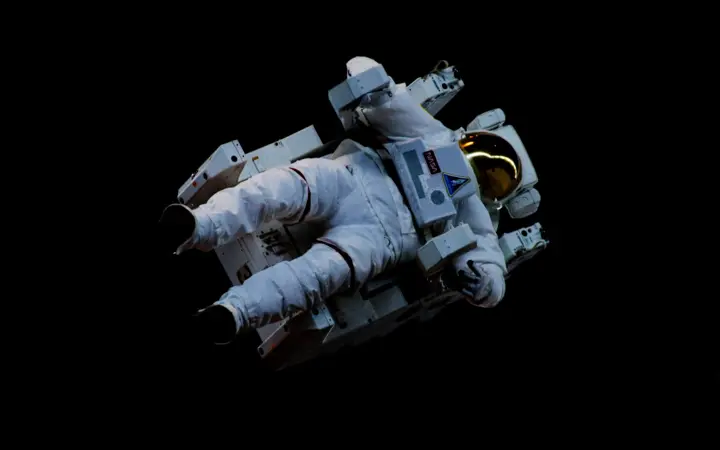3,000 light years: NASA's Hubble Space Telescope captures breathtaking images of the universe
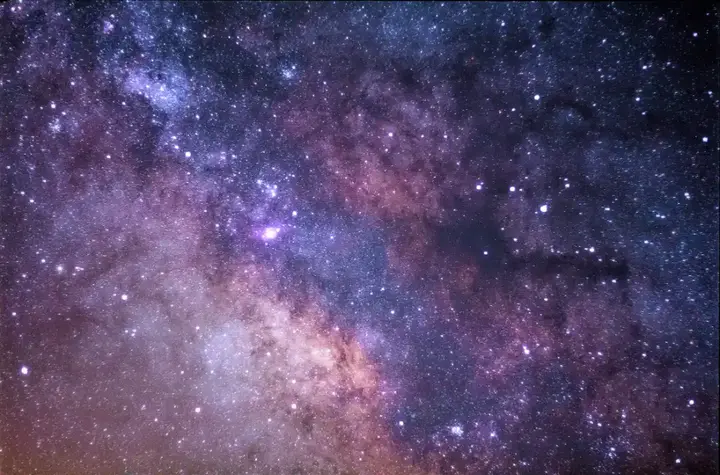
The vastness of the universe has always been a source of awe and fascination for humanity. Thanks to technological advances such as NASA's Hubble Space Telescope, there is now a window to the ends of space, with unprecedented views of celestial phenomena millions of light-years away. Among these startling discoveries, the Hubble telescope recently captured images of objects located 3,000 light-years from Earth, revealing details about distant star systems, nebulae and galaxies. These images not only broaden understanding of the universe, but also challenge the boundaries of perception, pushing the boundaries of knowledge of space far.
Show key points
- The Hubble Space Telescope, launched in 1990, has revolutionized astronomy by capturing clear, high-resolution images from its orbit above Earth's atmosphere.
- Operating at 547 kilometers above Earth, Hubble has enabled scientists to observe celestial phenomena that are billions of light-years away, far beyond the reach of ground-based telescopes.
- A light-year, roughly
- ADVERTISEMENT
- 46 trillion kilometers, represents the vast distance light travels in one year and is essential for measuring cosmic distances like the 3,000 light-years to recently observed objects.
- Hubble’s latest images reveal the intricate beauty of distant nebulae, star nurseries, and galaxies, offering deeper insights into stellar formation and the life cycle of stars.
- By analyzing colors and light patterns in these images, astronomers can determine the chemical composition and physical conditions of distant cosmic objects.
- The telescope’s contributions have confirmed key theories like cosmic expansion and helped refine our understanding of the universe’s age and structure.
- While Hubble has shown us remarkable vistas of space, its successor—the James Webb Space Telescope—aims to explore even farther, pushing the limits of human cosmic knowledge.
For nearly three decades, the Hubble telescope has acted as a time machine, looking into the distant depths of the universe and revealing secrets that have fascinated astronomers and stargazers alike. His latest impressive images, from a region about 3,000 light-years away, once again shed light on the incredible beauty and complexity of the universe. In this article, we will explore the significance of this amazing discovery, provide a brief overview of the Hubble Space Telescope, what a light-year represents, and how these images push the boundaries of understanding the universe.
Recommend
1. Hubble Space Telescope: Overview.
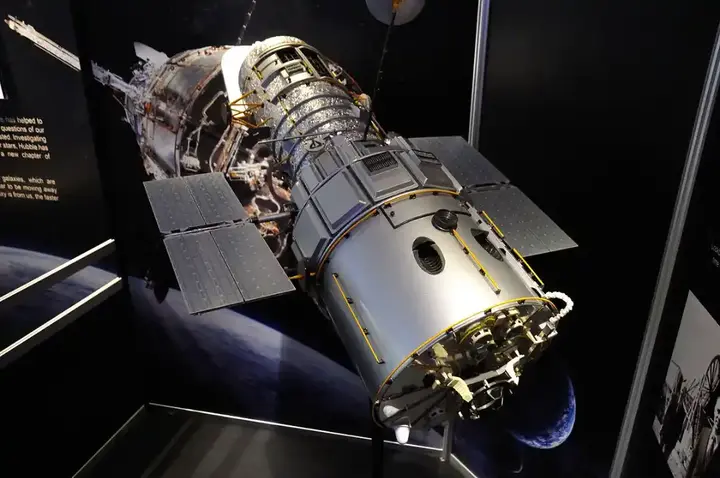
Launched in 1990, the Hubble Space Telescope revolutionized astronomy. Unlike ground-based telescopes, the Hubble telescope operates from a position above Earth's atmosphere, giving it a clear view of space. It orbits the Earth at an altitude of about 547 kilometers (340 miles). This allows it to capture unusually detailed images across different wavelengths, from ultraviolet to near-infrared. With a 2.4-meter primary mirror and advanced optical instruments, the Hubble telescope has revolutionized astronomy by providing high-resolution images free of distortions caused by Earth's atmosphere. Over the course of nearly three decades of service, Hubble captured images of planets, stars, galaxies and nebulae, revealing the beauty of space and advancing an understanding of its complexities.
Unlike ground-based telescopes, the observation point in space allows the Hubble telescope to look at previously inaccessible areas and capture light that has traveled billions of years through the universe. These observations played a crucial role in determining the age of the universe, studying black holes, and observing the formation of galaxies.
Hubble has made more than 1.5 million observations, leading to some of the most important discoveries in modern astrophysics – from the rate of expansion of the universe to the discovery of planets orbiting other stars.
2. Light-year: Cosmic distance scale.
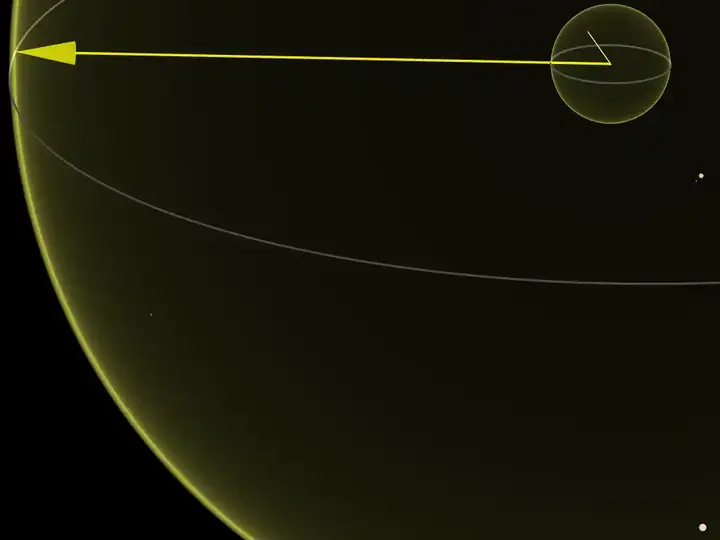
The term "light-year" often evokes a sense of vast distances, but what exactly does it mean? In astronomy, distances are measured in light-years, which is the distance that light travels in one year. Light moves at an astonishing speed of 299792 kilometers per second (about 186282 miles per second). This means that light travels in a single year about 9.46 trillion kilometers (5.88 trillion miles). So, when we talk about objects 3,000 light-years away, like the one Hubble recently captured, we're talking about distances of about 30 quadrillion kilometers! When scientists say that an object is 3,000 light-years away, they mean that light from that object took 3,000 years to reach Earth, providing a glimpse into the ancient past of the universe.
From another perspective, 3,000 light-years is a tremendous distance. Although it is still relatively close in cosmic terms, it is farther than the solar system and lies deep in the Milky Way, providing insight into areas that may never be visited but can be observed.
3. Hubble's images and their importance.
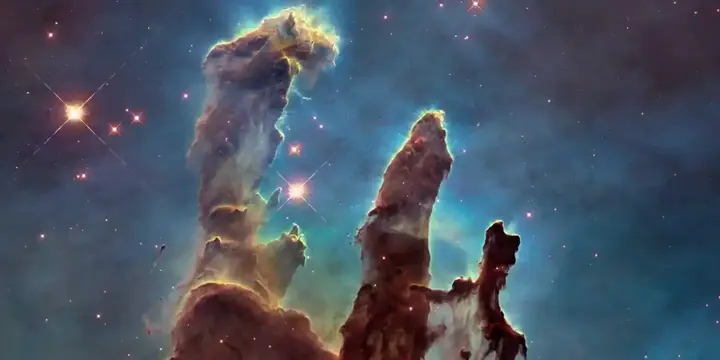
Hubble's images of objects 3,000 light-years away are just as spectacular. Some of the most surprising images include vast nebulae, where stars are born, or regions of space filled with interstellar gas and dust. These star nurseries, such as the famous Eagle Nebula, display towering columns of gas carved by intense radiation from nearby nascent stars. Such images highlight the dynamic processes involved in star formation, and allow astronomers to study the physical conditions that lead to star formation.

In one image, a dense area of the nebula is illuminated by ultraviolet light from hot young stars, causing the surrounding gases to glow in a dazzling array of colors. Such images help scientists understand the formation of stars and their life cycle.
In addition to stars and nebulae, the Hubble telescope also imaged distant galaxies, billions of light-years away, illustrating the structure and evolution of the universe. These galaxies, with their rotating arms and glowing centers, remind of the enormous size of the universe and how much remains to be discovered.
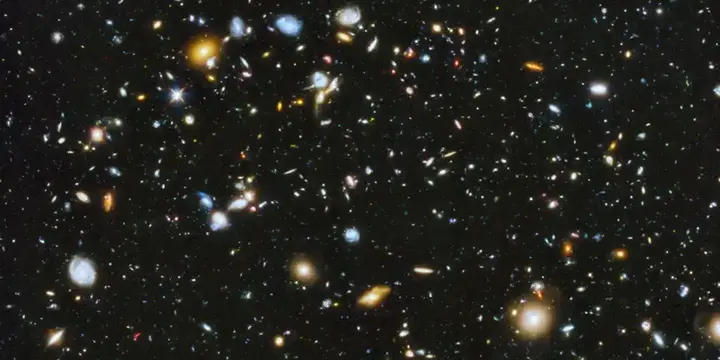
In addition, Hubble captured detailed images of dying stars in planetary nebulae, revealing their complex structures. These images often display glowing crusts of gas emitted by aging stars, illuminating their final stages before fading into white dwarfs. Such visual data and colored remains help scientists understand the life cycle of stars, provide insight into the sun's future, and provide clues about how it will evolve over the next several billion years.
The significance of the Hubble telescope's discoveries extends far beyond beauty. They allow to test models of the universe, and improve understanding of cosmic evolution. For example, by studying how light is absorbed and emitted in these distant regions, astronomers can determine the chemical composition of stars and interstellar matter, and shed light on the early conditions of the universe.
4. The Limits of the Universe: What We Have Learned and What Lies Behind It.
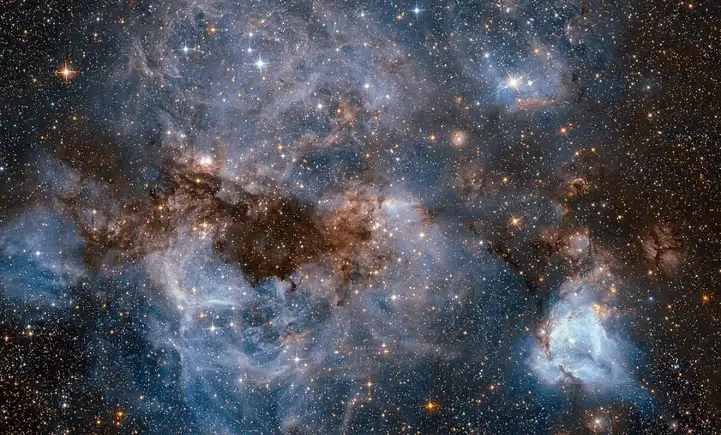
Hubble images are much more than just aesthetic wonders; they are rich sources of scientific data. By analyzing these images, astronomers can infer the chemical composition, temperature, and motion of distant objects. For example, the colors in nebulae are not random but are caused by different gases excited by radiation. Hydrogen glows red, oxygen emits a green color, and sulfur produces a blue color. These details help astronomers understand how distant objects interact with each other.
The Hubble Space Telescope has greatly expanded the understanding of the boundaries of the universe. He photographed galaxies billions of light-years away, revealing what the universe looked like just a few hundred million years after the Big Bang. Such observations helped confirm the theory of cosmic expansion, which posits that the universe underwent rapid expansion shortly after its inception.
Images from 3,000 light-years may not reach the edge of the universe's boundary, but they are part of a great cosmic tapestry. These images are the cornerstone that brings closer to understanding the final boundaries of the universe, even if these limits remain beyond the reach of study. Hubble's successor, the James Webb Space Telescope, promises to push these boundaries even further, exploring areas that Hubble has not been able to reach due to limitations in technology and light sensitivity.
The bottom line.
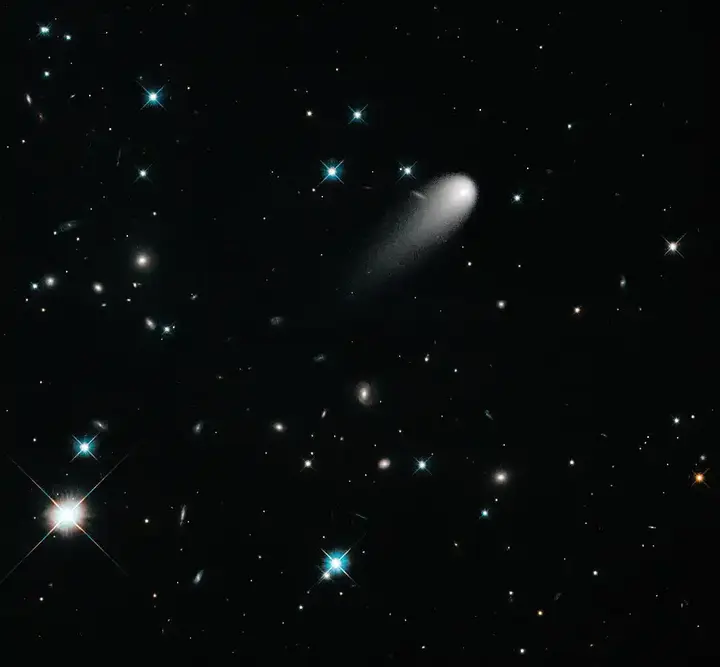
NASA's Hubble Space Telescope continues to inspire wonder and deepen understanding of the universe. From stunning images 3,000 light-years away, to galaxies billions of light-years away, Hubble has given a window into the vastness and complexity of the universe. As these images study and interpret their meanings, we are not only observing distant regions of space, but also looking back in time. These discoveries continue to challenge understanding the limits and expansion of the universe, and remind us of the much humanity still has to learn in the quest to understand the universe.
![]()
The epic story of the Valley of the Kings in Luxor
Hidden under Egypt's desert sands, the Valley of the Kings holds grand tombs built to protect pharaohs like Tutankhamun and Seti I. Rich in secrets and treasure, it offers a journey into ancient history, where engineering genius met sacred beliefs in the afterlife. A mesmerizing destination for any explorer. more- ADVERTISEMENT
![]()
Human population growth: where are we now?
As the global population heads toward 10.5 billion by 2100, challenges like aging populations, food security, and environmental strain grow. While prosperity helps lower fertility, it also increases environmental harm. Addressing climate change, boosting food production sustainably, and shifting to low-carbon energy are key to balancing growth and the planet’s health. more- ADVERTISEMENT
![]()
5 golden tips to organize your time
Feeling overwhelmed by endless tasks? A weekly schedule can help! Prioritize important duties, delegate when possible, and don’t forget breaks—they recharge you. Limit screen time, shop smart with a list, and learn to say no when needed. Small habits make a big difference in managing time with ease. more- ADVERTISEMENT
![]()
Moving forward still represents progress: trusting the process and taking my own best advice
Moving forward still represents progress: trusting the process and taking my own best advice more- ADVERTISEMENT
![]()
Honoring Arab-American Heritage, Stories and Changemakers
Arab Americans have shaped U.S. culture for centuries, with waves of immigration starting in the 19th century. Today, they lead in law, literature, comedy, and medicine—like poet Khalil Gibran and comedian Maysoon Zayed. In 2022, April was officially designated as Arab-American Heritage Month to celebrate their contributions. more- ADVERTISEMENT
![]()
The return of the first Indian space tourist to Earth: the cost of private space travel
India celebrates a proud moment as its first space tourist safely returns, marking a major step in the global space tourism race. What was once science fiction is now a thrilling, multi-million-dollar reality, offering civilians the chance to experience space and see Earth like never before. more- ADVERTISEMENT
![]()
Al-Ayjah Lighthouse and Castle in the city of Sur in the Sultanate of Oman
With its stunning coastal views and iconic Al-Ayjah Lighthouse, Tyre—also known as Sur—stands as one of Oman’s oldest and most captivating cities. Rich in maritime history, this ancient port once welcomed over 150 ships daily, bridging trade between continents and continuing to shine through its timeless heritage. more- ADVERTISEMENT
![]()
Reading useless books: Here's a better way to read
Reading books can be slow, outdated, and too passive for today’s fast-paced world. Active learning—like discussing, questioning, and applying knowledge—plus modern tools like podcasts and online courses, make learning faster, deeper, and more fun. more- ADVERTISEMENT
![]()
Discover the Impossible: Turning Deserts into Dense Forests – Dream or Reality?
Desert greening turns dry, barren land into fertile areas using water-saving tech, solar and wind energy, and special soil treatments. One major project, the Sahara Forest Project, aims to fight drought and climate change while boosting local economies by transforming parts of the Sahara and Sahel into green spaces. more- ADVERTISEMENT
![]()
Why do people buy? Simplifying the theory of purchase
Understanding why people buy is key in commerce—whether it's to meet basic needs, fulfill desires, or express identity. Buying behavior is shaped by psychological, social, economic, and marketing factors, and recognizing these helps create better marketing strategies that truly connect with consumers. more- ADVERTISEMENT

















